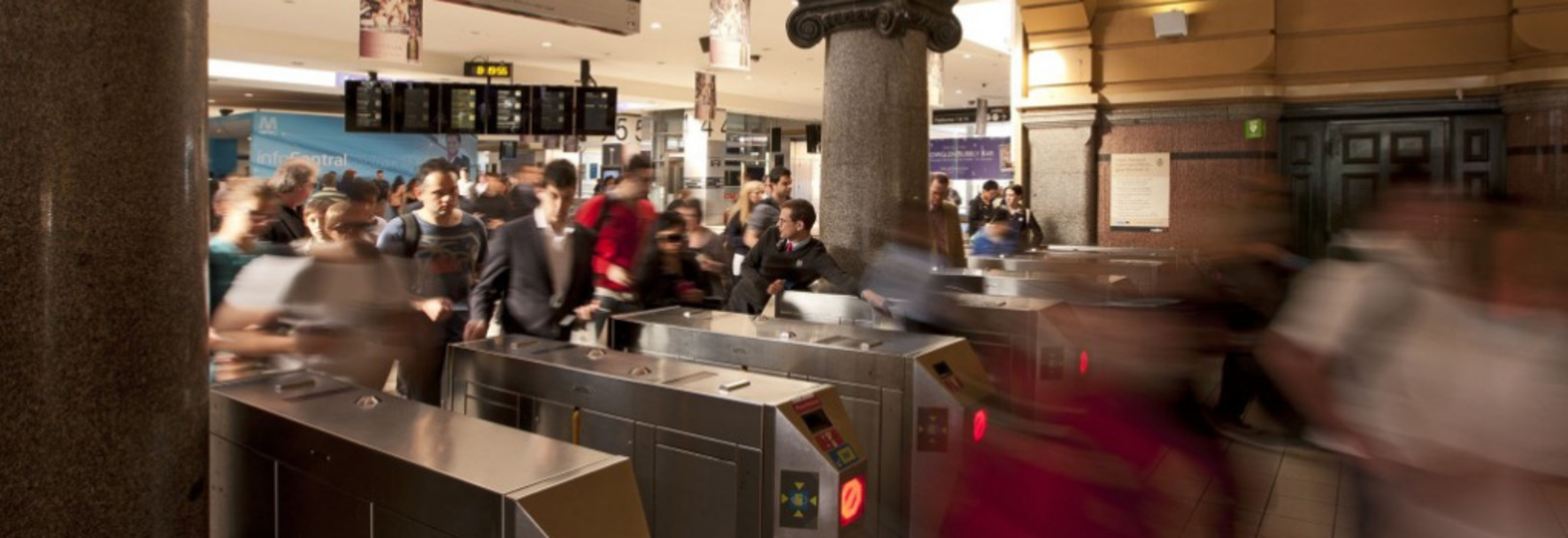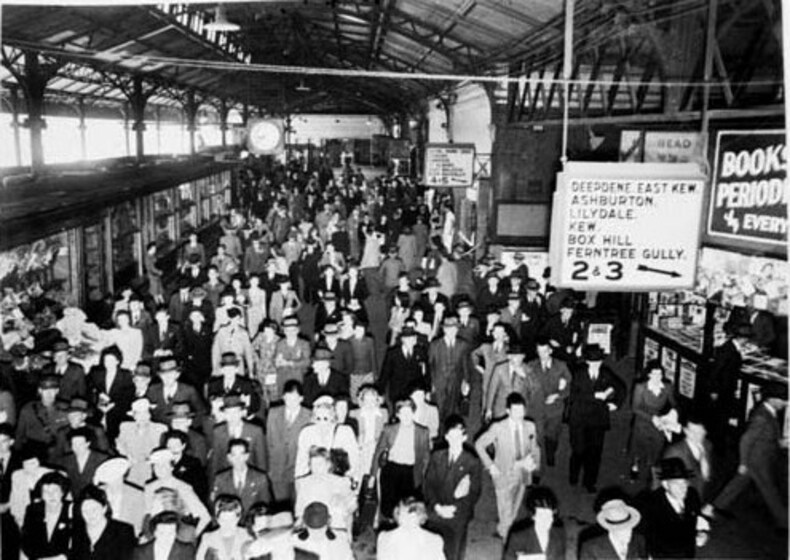On a weekday morning between seven and eight, the concourse comes into its own. Streams of commuters plunge across the big white space between platform escalators and the gates.
Clots of uniformed secondary school kids eddy around the pillars; chatting, wrestling, snuggling. A group of children from the deaf school silently discuss skateboards using sign language. The coffee sellers are flat out at their machines providing morning heart-starters to the commuters pooling round their counters, while the tables between the coffee concessions are continuously full of people finishing off work, reading newspapers or having a pre-work confab.
I ask one of the baristas what it’s like working here. “It’s a bit mad,” he says “You see some wild things. It’s not like other coffee shops where you get a set demographic. Here you get all sorts.” Surprisingly the main smell of the morning concourse is of toasted cheese sandwiches not coffee. It makes me ravenous and a lot of people seem to buy breakfast here.
There are railway staff everywhere; watching the barriers, checking the crowd, giving information, carrying mops and buckets or ladders and tools or simply buying coffee. From my own experience you can’t walk through the station in blue uniform or an orange vest without being asked for platform information.
Around 9am the concourse is full of train drivers taking a post-rush lunch break. Many of them have been driving since 4.30am. Between shifts train drivers often met up at “The Perch,” an area by the window next to Platforms 2-3. Here they lean on the steel rail, talk train-driver talk and check out the passing parade. Only the non-smokers though. The smokers are out on St Kilda Road perched on milk crates beyond the food concessions.










